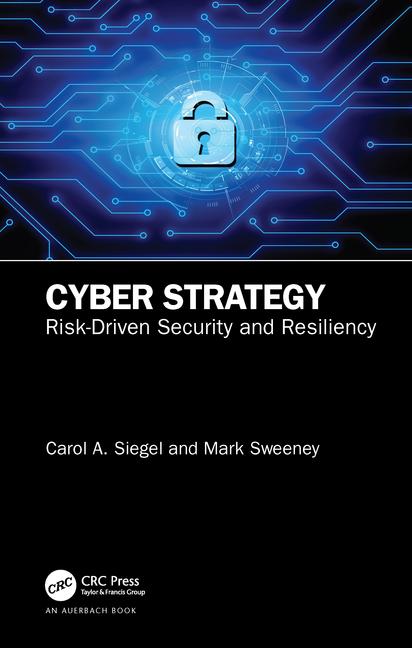CISA releases critical infrastructure cybersecurity performance goals

Image via Freepik
The Cybersecurity and Infrastructure Security Agency (CISA) has released the first iteration of the Cross-Sector Cybersecurity Performance Goals (CPGs).
President Joe Biden’s National Security Memorandum (NSM)-5: Improving Cybersecurity Control Systems required CISA, in coordination with the National Institute of Standards and Technology (NIST) and the interagency community, to develop baseline cybersecurity goals that are consistent across all critical infrastructure (CI) sectors.
Alongside NIST, CISA will regularly update goals at least every 6 to 12 months and will work with Sector Risk Management Agencies (SRMAs) to build on this foundation to develop sector-specific goals.
The CPGs are a prioritized subset of information technology (IT) and operational technology (OT) cybersecurity practices aimed at meaningfully reducing risks to CI operations and the American people. These goals are applicable across all CI sectors and are informed by the most common and impactful threats and adversary tactics, techniques, and procedures (TTPs) observed by CISA and its government and industry partners, making them a common set of protections that all CI entities — from large to small — should implement.
According to CISA, the CPGs do not reflect an all-encompassing cybersecurity program — rather, they are a minimum set of practices that organizations should implement and aim to help CI entities, particularly small and medium organizations, get started on their path towards a strong cybersecurity posture. As such, the CPGs are intended to be a floor, not a ceiling, for what cybersecurity protections organizations should implement to reduce their cyber risk.
It’s important to note that the CPGs are not:
- Comprehensive: The CPGs do not identify the cybersecurity practices needed to protect every organization or fully safeguard national and economic security, public health, and safety against all potential risks. They represent a minimum baseline of cybersecurity practices with known risk-reduction value broadly applicable across all sectors. They will be followed by sector-specific goals that dive deeper into each sector’s unique constraints, threats, and maturity where applicable.
- A risk management or full cybersecurity program: The CPGs do not cover broader risk management or risk prioritization approaches, which are articulated in other frameworks such as the NIST Cybersecurity Framework (NIST CSF).
- Mandated by CISA: The CPGs are intended to be voluntarily adopted by organizations to enable the prioritization of security investments toward the most critical outcomes in conjunction with broader frameworks like the NIST CSF.
- A maturity model: The practices in the CPGs apply to all CI organizations and are not tiered into ‘maturity’ categories. (However, the CPG Worksheet includes criteria such as “Impact,” “Cost,” and “Complexity” to help organizations internally prioritize their investment).
Instead, the CPGs are a subset of cybersecurity practices, selected through a thorough process of the industry, government, and expert consultation using several criteria:
- Significantly and directly reduce the risk or impact caused by commonly observed cross-sector threats and adversary TTPs.
- Clear, actionable, and easily definable.
- Reasonably straightforward and not cost-prohibitive for even small- and medium-sized entities to successfully implement.
An example of a CPG that meets the criteria is: “ensuring that none of an organization’s internet-facing systems have any Known Exploited Vulnerabilities (KEV).” This CPG is definable, achievable, and directly reduces the risk from a known threat — that nation-state adversaries actively exploit those weaknesses in the wild. Conversely, a practice such as “Implement Zero Trust (ZT)” would not be a suitable CPG, as this practice is vague, insufficiently defined, hard to measure, and can be overly burdensome for small organizations.
Lastly, the CPGs can be leveraged by all organizations as part of a broader cybersecurity program, even those that may lack the cybersecurity experience, resources or structure to quickly identify and implement basic cyber best practices.
Bill Bernard, AVP of Security Strategy at Deepwatch, says, “This is a tool for those companies for whom existing security guidance (NIST 800.53, ISO 27002, etc.) has been perhaps difficult to internalize and take action on. It brings a number of critical security controls to a “plain English” level that hopefully less sophisticated organizations can use as guidance for building their security controls. These are completely voluntary, which is a serious concern, but given that these have come without the support of legislation that would make them mandatory, the administration could only do what it could do here.”
For the CPGs and how to get started, visit cisa.gov.
Looking for a reprint of this article?
From high-res PDFs to custom plaques, order your copy today!






